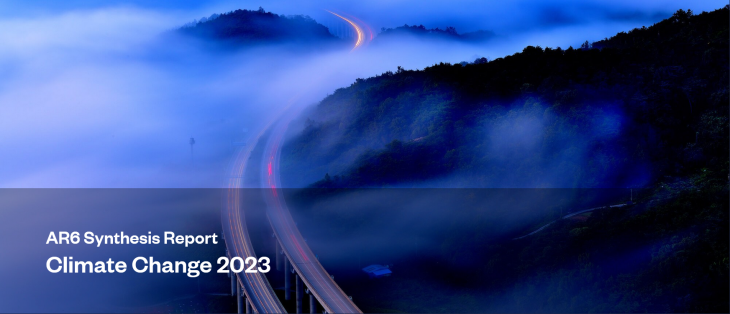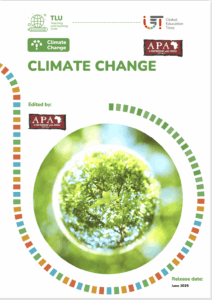
Research on the Opportunities and Challenges of Implementing Global Citizenship Education Strategies in Ireland
The implementation of Global Citizenship Education (GCE) strategies at a national level in Ireland represents a critical endeavour to foster informed, active, and ethically aware
















